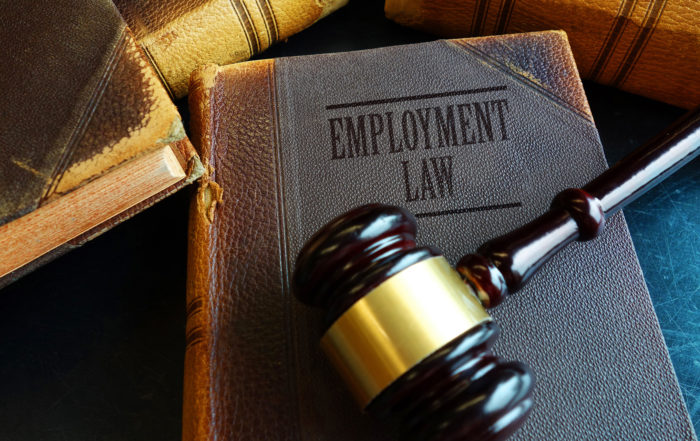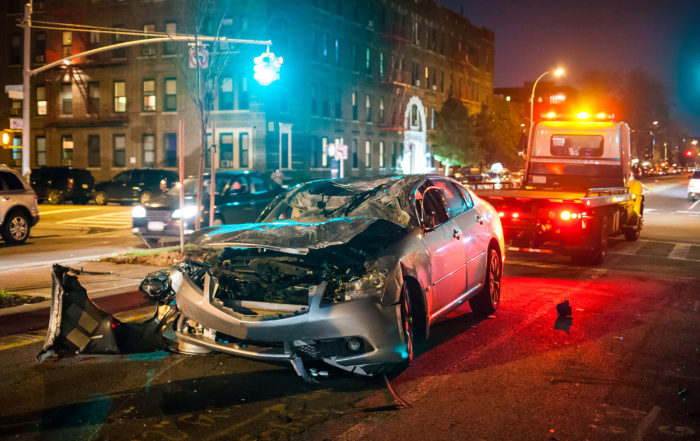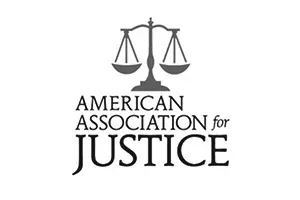Negligence in Train Accidents
The Legal Priciples of Negligence in Train Accidents
1.In Ngubane v The South African Transport Services 1991(1) SA 756(A) the Appellate Division was called upon to determine the issue of negligence where a passenger fell out of a moving train and sustained injury. Kumleben J A restated the well known principles applicable to liability in delict in the following terms (at p 776-778):(1)
“Liability in delict based on negligence is proved if:
‘(a) a diligens paterfamilias in the position of the defendant –
(i) would foresee the reasonable possibility of his conduct injuring another in his person or property and causing him patrimonial loss; and
(ii) would take reasonable steps to guard against such occurrence; and
(b) the defendant failed to take such steps.
(1)See also Transnet Limited t/a Metrorail and Another v Whitter 2008 (6) SA 549 SCA at p 553-554.
This has been constantly stated by this Court for some 50 years. Requirement (a) (ii) is sometimes overlooked. Whether a diligens paterfamilias in the position of the person concerned would take any guarding steps at all and, if so, what steps would be reasonable, must always depend upon the particular circumstances of each case. No hard and fast basis can be laid down. Hence the futility, in general, of seeking guidance from the facts and results of other cases.’
(Kruger v Coetzee 1966 (2) SA 428 (A) at 430E – G.)
As regards the requirement in para (a) (ii) above in this judgment, it is acknowledged that reasonable steps are not necessarily those which would ensure that foreseeable harm of any kind does not in any circumstances eventuate. The contributor (Prof J C van der Walt) in Joubert (ed) The Law of South Africa vol 8 sv ‘Delict’ para 43 at 78 comments in this regard that:
‘Once it is established that a reasonable man would have foreseen the possibility of harm, the question arises whether he would have taken measures to prevent the occurrence of the foreseeable harm. The answer depends on the circumstances of the case. There are, however, four basic considerations in each case which influence the reaction of the reasonable man in a situation posing a foreseeable risk of harm to others: (a) the degree or extent of the risk created by the actor’s conduct; (b) the gravity of the possible consequences if the risk of harm materialises; (c) the utility of the actor’s conduct; and (d) the burden of eliminating the risk of harm.’
The first two considerations are recognised and discussed in the well-known and oft-quoted passage in Herschel v Mrupe 1954 (3) SA 464 (A) at 477A – C, which is as follows:
‘No doubt there are many cases where once harm is foreseen it must be obvious to the reasonable man that he ought to take appropriate avoiding action. But the circumstances may be such that a reasonable man would foresee the possibility of harm but would nevertheless consider that the slightness of the chance that the risk would turn into actual harm, correlated with the probable lack of seriousness if it did, would require no precautionary action on his part. Apart from the cost or difficulty of taking precautions, which may be a factor to be considered by the reasonable man, there are two variables, the seriousness of the harm and the chances of its happening. If the harm would probably be serious if it happened the reasonable man would guard against it unless the chances of its happening were very slight. If, on the other hand, the harm, if it happened, would probably be trivial the reasonable man might not guard against it even if the chances of its happening were fair or substantial. An extensive gradation from remote possibility to near certainty and from insignificant inconvenience to deadly harm can, by way of illustration, be envisaged in relation to uneven patches and excavations in or near ways used by other persons.’
On the evidence of the appellant it can hardly be contended that the first two considerations ((a) and (b) ) would not prompt a reasonable man to take steps to prevent the occurrence. The risk – in fact the near certainty – of serious, if not fatal, injury resulting from starting a train when persons are in the act of leaving or boarding a coach is as obvious as can be.
The third consideration ((c) above) is thus discussed by Prosser Law of Torts 4th ed para 31 at 148:
‘Against this probability, and gravity, of the risk, must be balanced in every case the utility of the type of conduct in question. The problem is whether “the game is worth the candle”. Many risks may reasonable be run, with the full approval of the community. Chief among the factors which must be considered is the social value of the interest which the actor is seeking to advance.’
In the Privy Council decision of The Wagon Mound No 2; Overseas Tankship (UK) Ltd v The Miller Steamship Co (Pty) Ltd and Another [1967] 1 AC 617 ([1966] 2 All ER 709 (PC) at 718F) at 642, in reference to the fourth factor ((d) above), it was said that:
‘But it does not follow that, no matter what the circumstances may be, it is justifiable to neglect a risk of such a small magnitude. A reasonable man would only neglect such a risk if he had some valid reason for doing so: eg, that it would involve considerable expense to eliminate the risk. He would weigh the risk against the difficulty of eliminating it.’
Factors (c) and (d) have been referred to in a number of decisions of our Courts. Herschel v Mrupe (in the passage quoted above); South African Railways and Harbours v Reed 1965 (3) SA 439 (A) at 443E – G; S v Mkwanazi 1967 (2) SA 593 (N) at 596F – G and Khupa v South African Transport Services 1990 (2) SA 627 (W) at 630D – E. In Moubray v Syfret 1935 AD 199 at 202 this Court stressed:
‘(T)hat in order to determine whether in a particular case there was or was not negligence, we must take into account all the surrounding circumstances, time, place, custom, local habits, as well as the special and peculiar facts of the case.’
(See too F P van den Heever Aquilian Damages in South African Law vol 1 at 45 and 46.) One may thus conclude that these two further factors ((c) and (d) ) are relevant ones to be taken into account in certain circumstances in determining whether the steps taken to avert the risk of injury were reasonable. However, on the facts of this case, and having regard to the ground of negligence which is pertinent and relied upon, they are not material. The evidence amply demonstrates, as I have said, that the act complained of creates a high risk of serious injury. To prevent its occurrence, by carrying out the procedures prescribed, would have involved no extra cost to the respondent. And in casu the delay involved in allowing all the passengers to alight at Grosvenor Halt, if at all significant (as to which there is no evidence), could not possibly weigh against the other considerations requiring the necessary safety precautions to be taken”.
2.In Celliers v South African Railways and Harbours 1961(2) SA 131 (T) the Court referred to the case of Worthington and Others v Central SA Railways 1905 TH 149 (at p 150 to 151) and quoted following excerpt with approval (at p 135 to 136);
“That a train has a preferent right is recognised in the leading case of Worthington and Others v Central SA Railways, 1905 T.H. 149 at pp. 150 – 1:
‘The level-crossing itself is common both to the railway and to the public. Each has the right to pass over it, and to expect that due care will be exercised by the other to avoid mishaps; but it is quite clear from the nature of the case that a train cannot in the ordinary course be expected to pull up at a crossing to allow passengers by the public road to get over the crossing. The train must necessarily have the preference over passengers by road.
It is the duty of the traveller to look out for and wait for the train. At the same time a condition is attached to the preference which the railway has, and that is that the train ought to give due warning of its approach when it is nearing a level-crossing of this nature, so that persons might stop and allow the train to pass. The train is bound, in my opinion, to give due and timely warning of its approach, and also not to be travelling at such an excessive rate of speed that the warning it might give should be of no avail. What is an excessive speed and what is due warning must entirely depend on the special circumstances of each case. Where there are obstructions to prevent persons travelling along the road from seeing an approaching train, or where there are any other circumstances which would make it difficult to ascertain that a train is approaching, then of course, better warning would have to be given, and the train would have to travel at a slower speed.”
TZVI BRIVIK
(Director : Malcolm Lyons & Brivik Inc.)
The current position on objections to the con/arb process
Con/arb process - The Commission for Conciliation, Mediation[...]
Out of time? Think again – The CCMA and its rules
By Lara Keil (Candidate Legal Practitioner) under the[...]
RAF’s lodgement requirements: Claimants further prejudiced
By Lara Keil (Candidate Legal Practitioner) under[...]













